
If you're interested in DIY-ing a sports watch clock using the R8025T, you might want to check out this article.
If the case of your sports watch is broken but the internal mechanism still works, you can make a stand out of acrylic and turn the movement into a clock. But it's never perfectly accurate—for example, it could lose several minutes over a year. So what can you do about that? If you've had similar issues, this article's method might help.
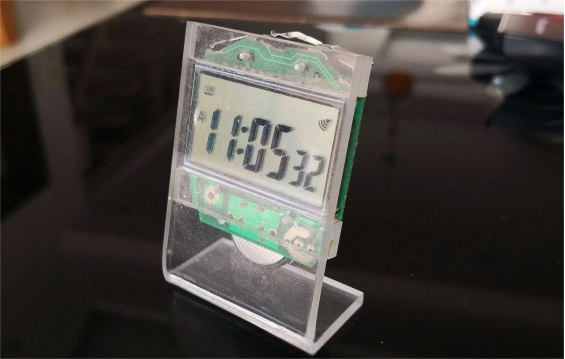
You can replace the crystal with a high-precision clock chip like the DS3231 or R8025. Compared to others, the R8025T is more affordable, includes temperature compensation, and requires no extra circuits, making it a convenient choice.
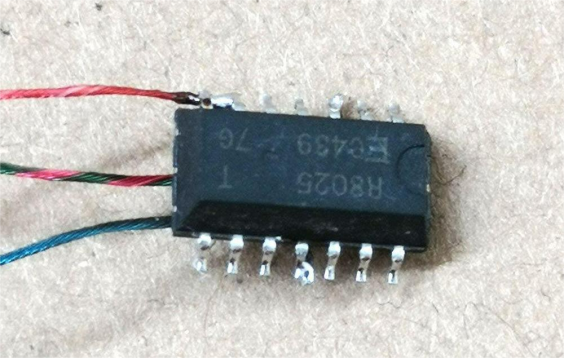
You can directly solder three wires: positive power, negative power, and the 32.768 kHz output. When connecting it to the circuit, you just need to remove the crystal from the watch. Specifically, pin 3 of the IC is the output—connect it where the original crystal was, and as long as at least one of the two pads is connected, it will work. Pins 6 and 7 connect to the battery positive, and pin 11 goes to ground.
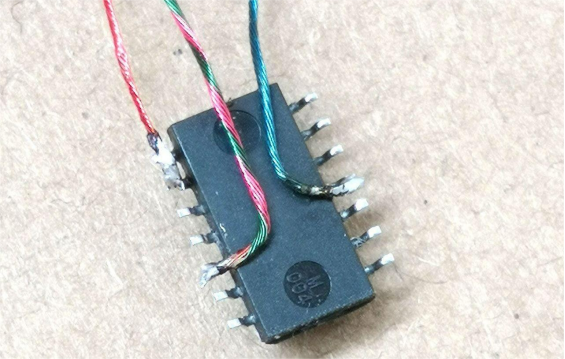
Use a frequency meter to measure it and make sure the accuracy is good enough.
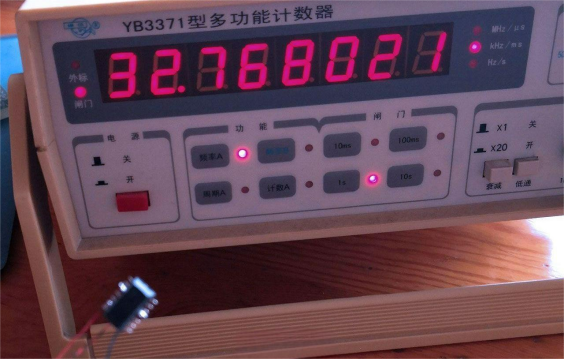
Then you can cover it with heat-shrink tubing.
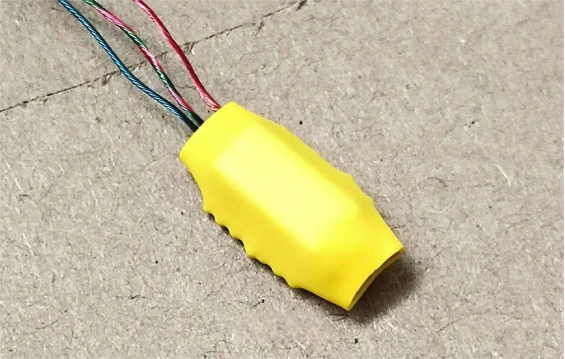
The picture below shows the sports watch movement. One battery can last 5–6 years and still work fine. Be careful not to move the battery clip when installing it, or contact issues may occur. If adjusting the time is too troublesome, you can remove the buttons and connect a 2.7V capacitor to keep it running, so even when you replace the battery, the time won't stop. If you don't want to do any soldering, just remove the battery and let it discharge.
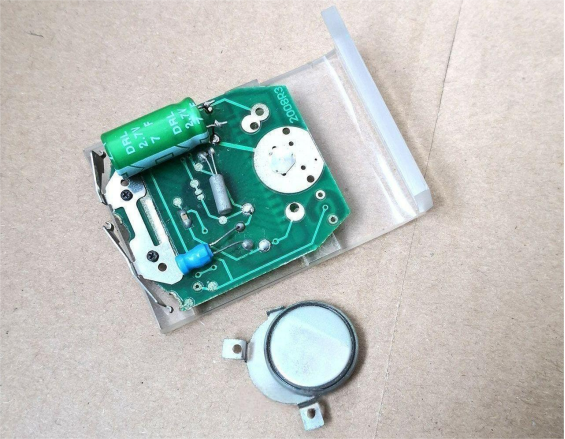
If your frequency meter can't measure this crystal's frequency, it could be because the measurement impedance is too low, which stops the oscillation. In this case, using the oscilloscope probe with attenuation won't help—you still won't get a reading, and the time will continue moving while you measure. But with an oscilloscope, you can still observe the waveform.
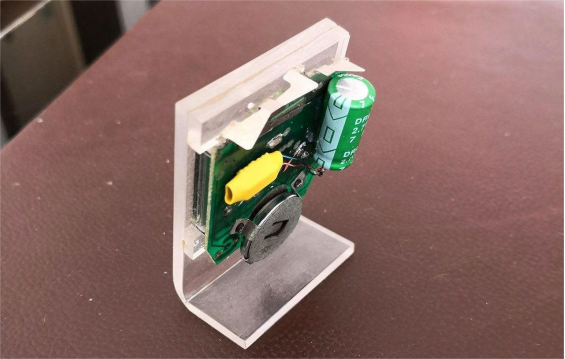
Finally, install everything, and after observation, you'll see it's much more accurate than before the modification.
By the way, the R8025 does need calibration, ideally with professional equipment. This clock has a built-in digitally compensated crystal oscillator. It can adjust its frequency based on signals from a temperature sensor through digital circuitry. That means the frequency is adjustable. Since it's also a microcontroller circuit capable of storing instruction code, this chip can indeed be calibrated.
The end.




